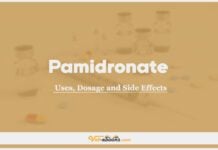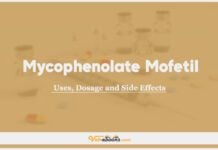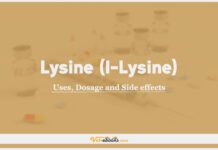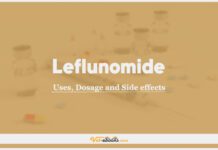Lenograstim (rhG-CSF) In Dogs & Cats: Uses, Dosage and Side Effects
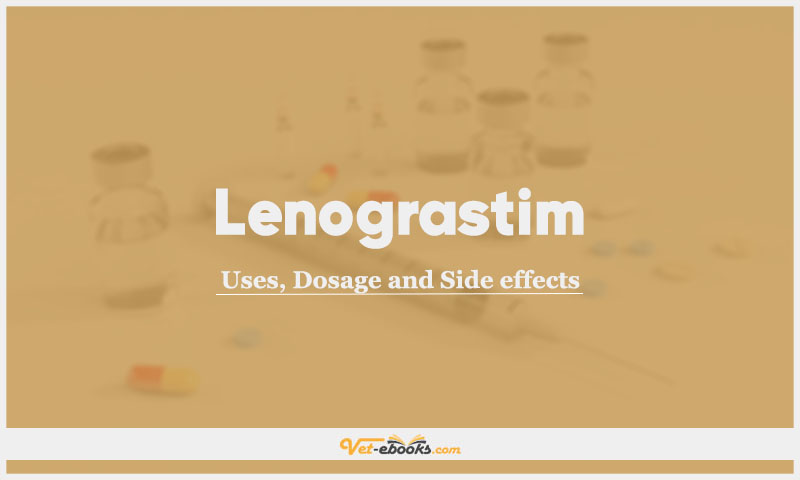
Overview
- Recombinant human granulocyte-colony stimulating factor (rhG-CSF).
- Activates proliferation and differentiation of granulocyte progenitor cells and enhances granulopoiesis.
Uses of Lenograstim (rhG-CSF)
- Management of febrile patients with neutrophil counts <1 x109/l.
- There are few reports on the use of G-CSF in dogs and cats; filgastrim is more commonly used.
Dose of Lenograstim (rhG-CSF) in Dogs and Cats
Dogs:
- 19.2 million IU/m2 i.v. (over 30 min), s.c. q24h for 3–5 days.
Cats:
- No information is available.
Drug Dosage Calculator
You Should Give:
Side Effects of Lenograstim (rhG-CSF) in Dogs and Cats
- A variety of adverse effects have been reported in humans, including musculoskeletal pain, transient hypotension, dysuria, allergic reactions, proteinuria, haematuria and increased liver enzymes.
- Reported adverse effects are bone pain at high doses and irritation at the injection site.
Contraindications of Lenograstim (rhG-CSF) in Dogs and Cats
- No information is available.
Some Notes:
- In humans, steroids and lithium may potentiate the release of neutrophils during G-CSF therapy.
- Concurrent administration with chemotherapy may increase the incidence of adverse
effects. - G-CSF should be given at least 24 hours after the last dose of chemotherapy as the stimulatory effects of G-CSF on haemopoietic precursors render them more susceptible to the effects of chemotherapy.
Tip
Do You Want To Increase Your Veterinary Knowledge and Practical Skills?
You Can Now Browse and Download +3000 Books For Veterinary Professionals & Students Online.
Download Veterinary Books




